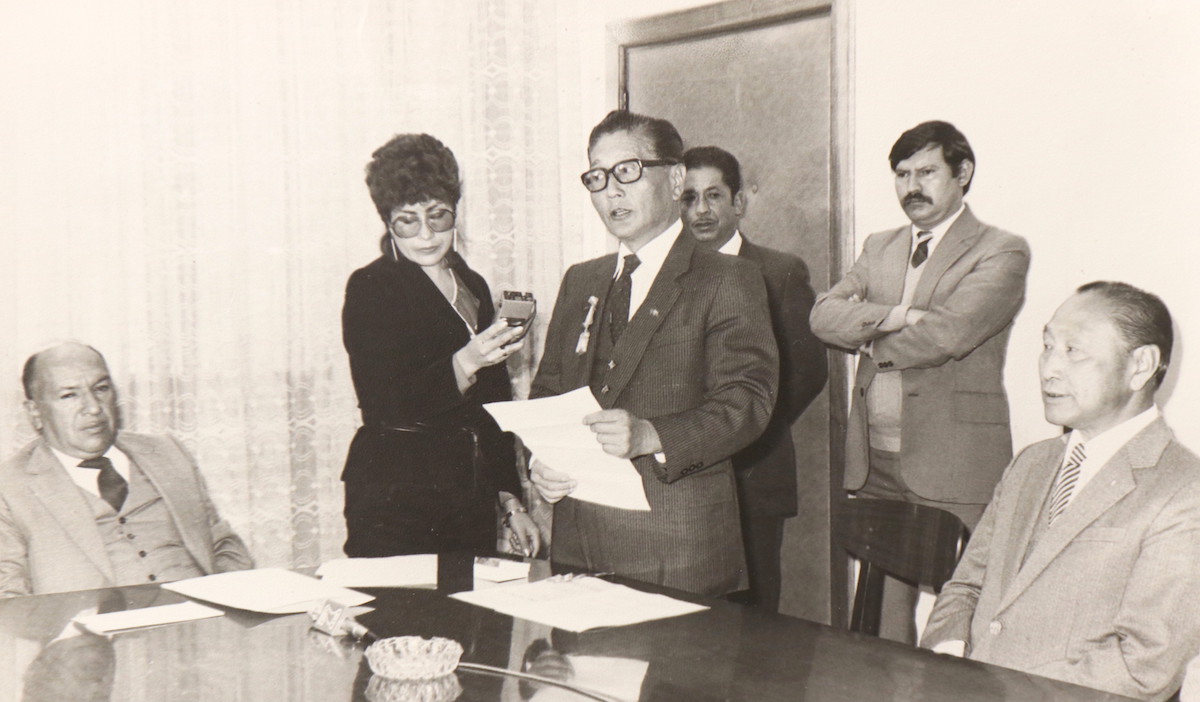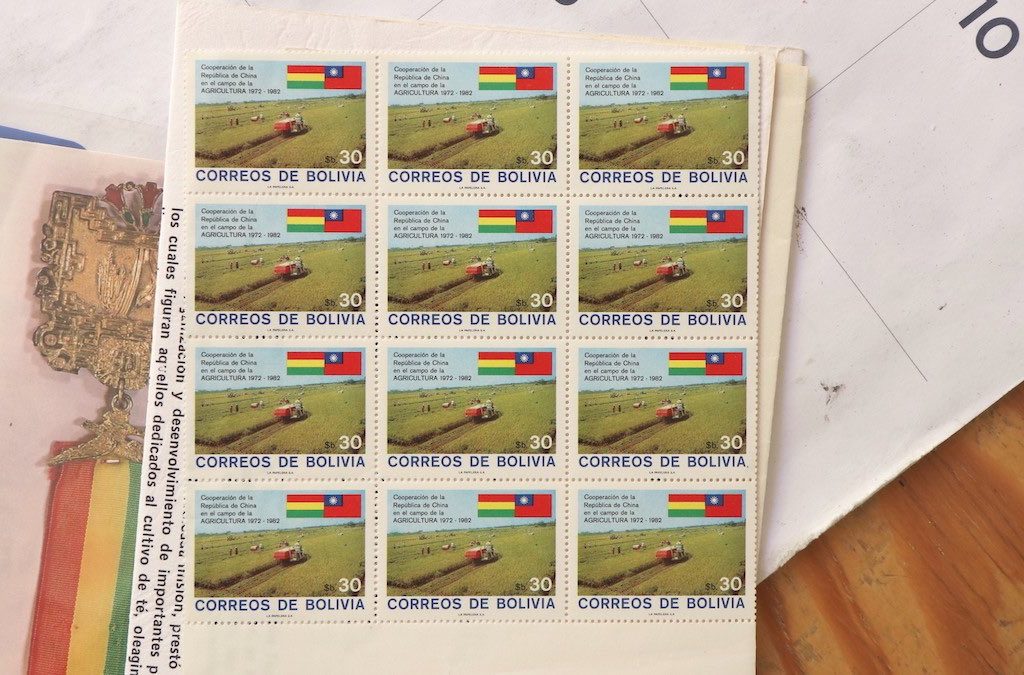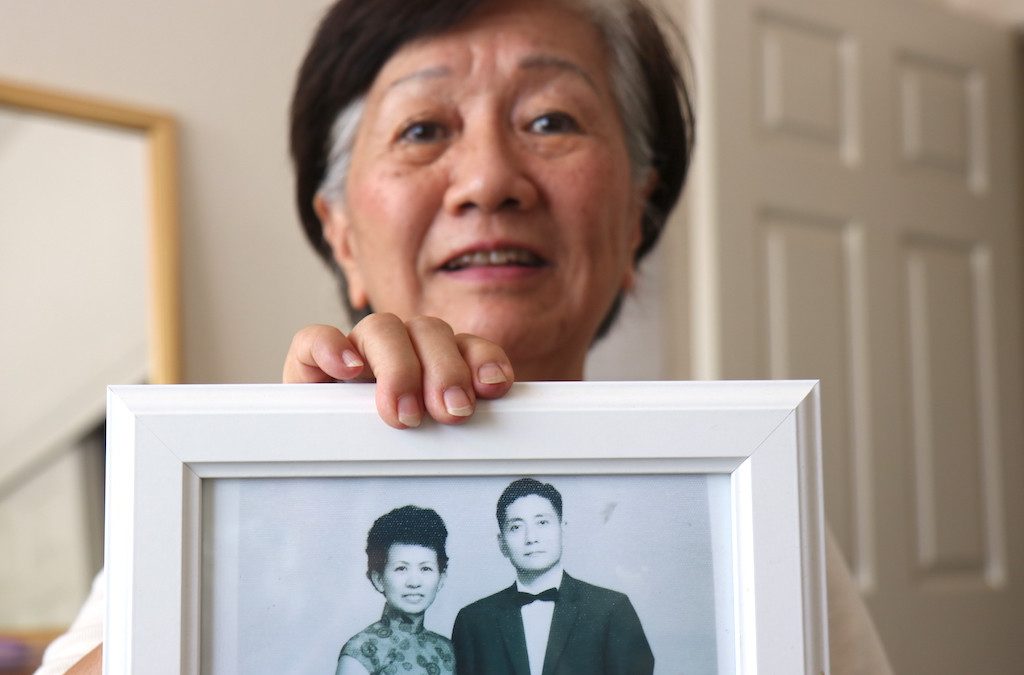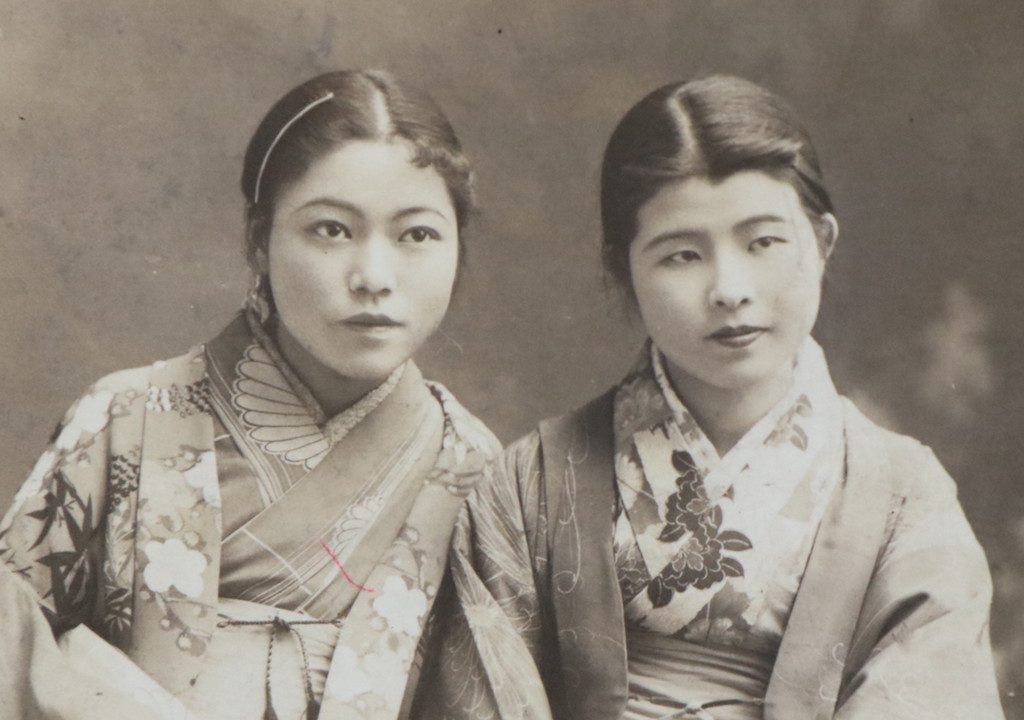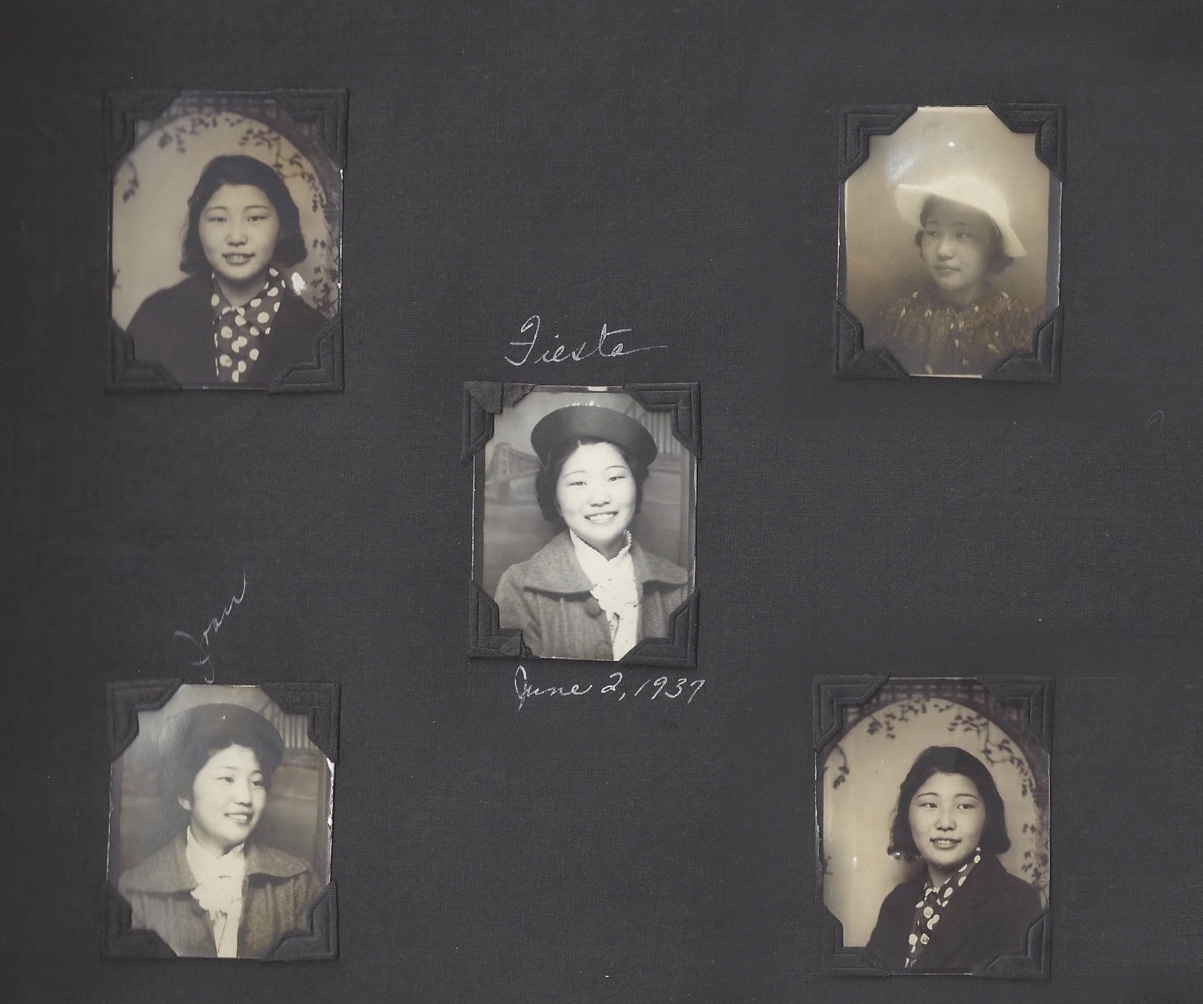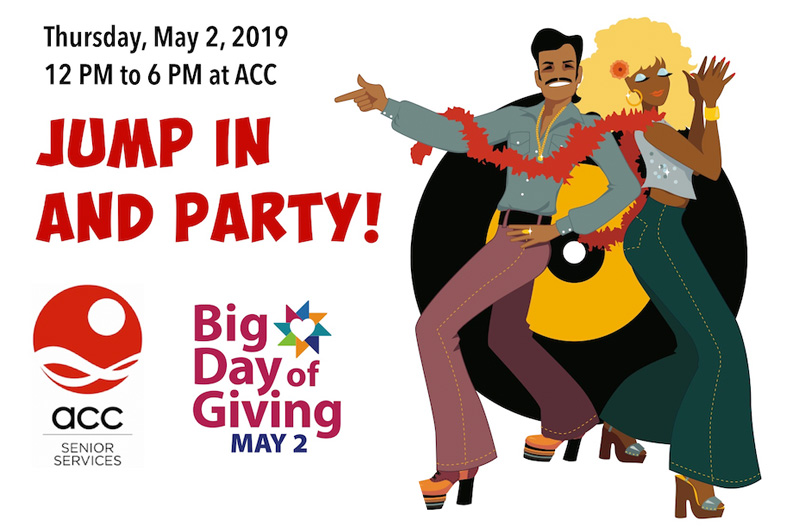Born in March 1918 in the Del Paso area, Lorraine Nagae thinks that being 101 years old is “no big deal.” She was raised on her parents’ 60-acre farm in the town of Perkins where they grew vegetables, mostly asparagus. As a youngster, she hated to do the cooking and housework chores, so her father put her to work in the fields. She recalls driving a tractor and riding a horse to haul crops for processing. “There wasn’t much spare time to see a movie or have a hobby. If you had a hobby, they’d put you to work.” But Lorraine said she has no complaints about growing up on a farm.
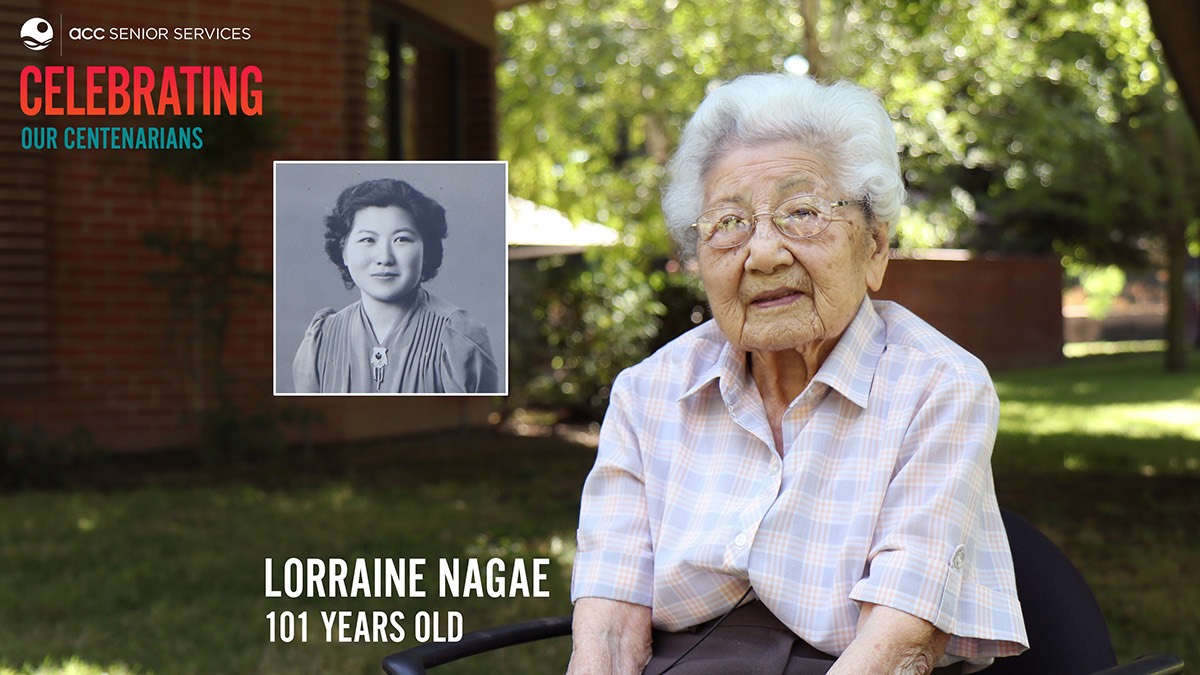
She dropped out of high school but later went to night school to obtain her GED. In 1940, she entered into an arranged marriage with Toshimitsu Nagae, a gardener by trade. Shortly after their first son was born, the three of them were sent to Poston Internment Camp in Arizona. Lorraine remembers “camp was ok, but there was no privacy”. After camp, Lorraine worked for a while in San Francisco, learning to become a seamstress. She later owned a successful storefront laundry on 5th Street in Sacramento, laundering and ironing shirts. Over the years, Lorraine enjoyed many activities, including flower arranging, doing Japanese calligraphy, Bunka embroidery, and going to the casinos.
She remains healthy and active and walks on her own. “If I used a cane, I would just trip on it.” Her longevity might have something to do with not eating much junk food and inheriting good genes – her grandfather also lived to 101. “I’m very aware that I’m the only sibling in my family to reach this age. It’s sad to know that so many of my relatives and friends are no longer here. And I’ve noticed how expensive things have gotten – like a loaf of bread, gas for the car,” she adds.
She has a positive “can do” attitude about life and is happy that her four children have achieved their own success. Today, she loves spending time with her three grandsons and five great-grandchildren.



